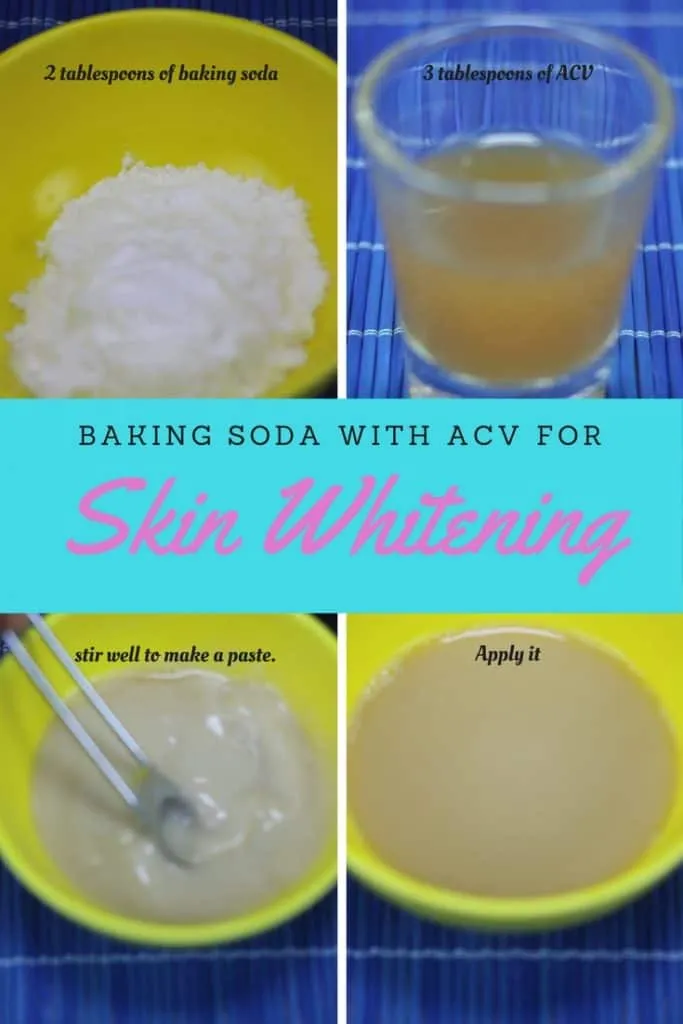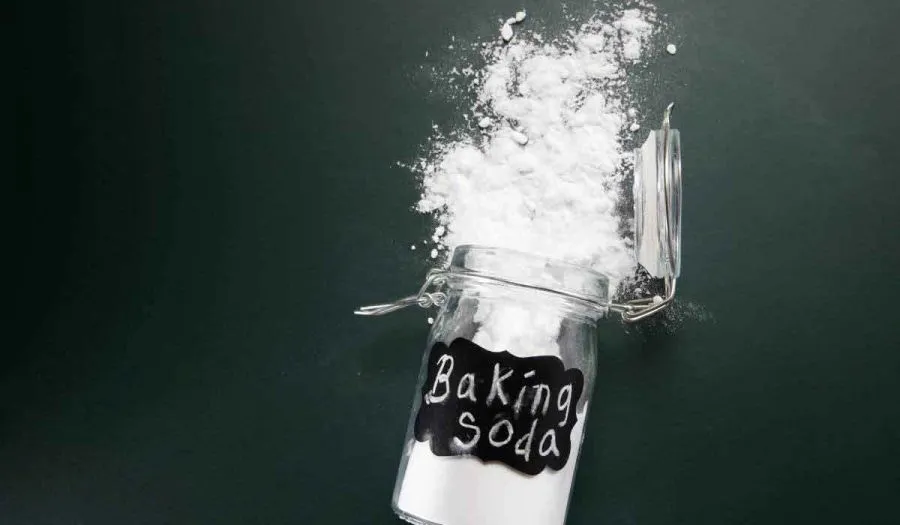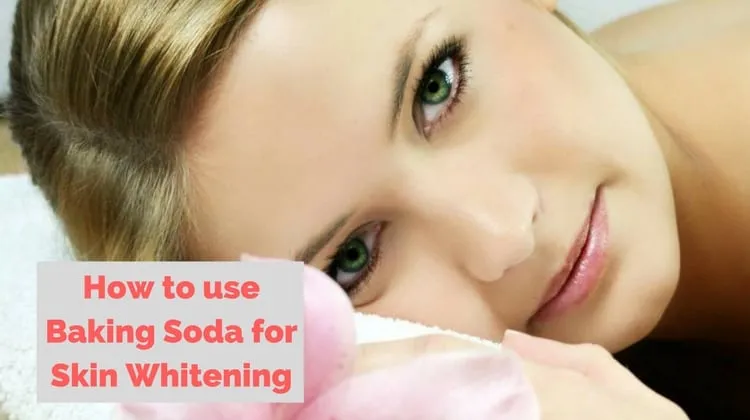Skin Whitening Baking Soda Top 5 Tips
Baking soda, also known as sodium bicarbonate, has gained popularity as a natural remedy for skin whitening. While scientific evidence supporting its effectiveness is limited, many people believe it can help lighten skin, reduce dark spots, and even out skin tone. This article explores five tips for using baking soda for skin whitening, keeping in mind that individual results may vary, and it’s crucial to use it cautiously. Always perform a patch test before applying baking soda to your entire face or body, and consult a dermatologist if you have any concerns or skin conditions. These tips offer a glimpse into the potential benefits and how to incorporate this versatile ingredient into your skincare routine, all while emphasizing the importance of safety and realistic expectations.
Exfoliation for Skin Whitening
Exfoliation is a key step in any skin whitening routine. It helps remove dead skin cells, revealing brighter, more radiant skin underneath. Baking soda can act as a gentle exfoliant, sloughing away the top layer of dead cells that can contribute to a dull complexion. This process allows for better absorption of other skin-lightening ingredients and promotes cell turnover, leading to a more even skin tone. By removing the barrier of dead skin cells, the skin’s natural radiance is enhanced, and the appearance of dark spots and uneven pigmentation may be reduced. Remember, gentle exfoliation is key to avoid irritating the skin, so always use a soft touch and avoid over-exfoliating.
Baking Soda as an Exfoliant

Baking soda’s slightly abrasive texture makes it suitable for exfoliation. However, it’s important to note that it can be harsh if used improperly. The fine granules of baking soda help to physically remove dead skin cells. When used in moderation and mixed with a gentle medium like water or a mild cleanser, it can effectively exfoliate the skin without causing excessive irritation. Baking soda’s alkaline nature can also help to balance the skin’s pH, potentially aiding in overall skin health and appearance. However, the potential for irritation means it should always be used with caution and tested on a small area of skin first to assess its compatibility.
How to Exfoliate with Baking Soda
To exfoliate with baking soda, mix a small amount (about a teaspoon) with water to form a paste. Gently massage the paste onto damp skin using circular motions, avoiding the delicate eye area. Rinse thoroughly with lukewarm water. This gentle exfoliation helps to remove dead skin cells, unclog pores, and promote a brighter complexion. The key is to be gentle and avoid scrubbing too hard, which can lead to irritation. After exfoliating, always moisturize your skin to keep it hydrated. This simple technique, when used regularly and carefully, can contribute to the overall effectiveness of a skin whitening routine. Remember to always listen to your skin and adjust the frequency based on your skin’s sensitivity.
Baking Soda and Lemon for Skin Whitening
Combining baking soda with lemon juice is a popular DIY skin whitening method. Lemon juice contains citric acid, a natural alpha-hydroxy acid (AHA) that can help exfoliate the skin and potentially lighten dark spots. The combination of the exfoliating properties of baking soda and the brightening effects of lemon juice can create a potent mixture for skin whitening. However, this combination can also be quite harsh, so caution and moderation are essential. Always perform a patch test before applying this mixture to your entire face or body. Due to the acidity of lemon juice, sun protection is particularly important when using this method, as your skin may become more sensitive to the sun.
Lemon’s Skin Whitening Properties

Lemon juice is known for its potential skin whitening properties due to its citric acid content. Citric acid is a type of AHA, which helps to exfoliate the skin and promote cell turnover. This can lead to a brighter complexion and the reduction of dark spots. In addition to its exfoliating benefits, lemon juice also contains Vitamin C, an antioxidant that can help protect the skin from damage and potentially reduce hyperpigmentation. The Vitamin C in lemon juice can also help inhibit melanin production, which is responsible for skin pigmentation. The use of lemon juice for skin whitening should be approached with caution due to its acidity, and it’s crucial to protect your skin from the sun.
Using Baking Soda and Lemon
To use baking soda and lemon for skin whitening, mix a small amount of baking soda with a few drops of fresh lemon juice to create a paste. Apply the paste to the areas you want to lighten, avoiding the eye area. Leave it on for no more than a few minutes, as the mixture can be harsh. Rinse thoroughly with lukewarm water and moisturize your skin. Due to the acidity of this mixture, it’s extremely important to perform a patch test first to check for any adverse reactions. If you experience any irritation, discontinue use immediately. This combination can be effective for some individuals, but it’s crucial to use it cautiously and with proper sun protection.
Baking Soda Mask for Skin Brightening
Creating a baking soda mask can be a simple way to potentially brighten your skin. The mask’s exfoliating properties can help remove dead skin cells, leading to a fresher appearance. When combined with other ingredients known for their skincare benefits, such as honey or yogurt, the mask can provide additional moisturizing and soothing effects. This simple DIY skincare treatment offers a natural approach to enhance skin radiance, but it should be used with caution, especially if you have sensitive skin. Always perform a patch test and listen to your skin’s response before incorporating a baking soda mask into your skincare routine.
Creating the Mask

To create a baking soda mask, you can mix a small amount of baking soda (about a teaspoon) with water, honey, or yogurt to form a paste. The honey adds moisturizing and antibacterial properties, while yogurt contains lactic acid, which can provide gentle exfoliation. You can also experiment with other ingredients, such as a few drops of essential oils known for their skin benefits (always do a patch test first). Apply the mask to clean, dry skin, avoiding the eye area. The consistency of the mask should be smooth and easy to apply. This customized approach allows you to tailor the mask to your skin type and specific needs, enhancing the potential benefits.
Application and Usage
Once your mask is prepared, apply a thin, even layer to your face or the desired areas, avoiding the sensitive eye area. Leave the mask on for a short time, typically no more than 5-10 minutes, to avoid irritation. Rinse thoroughly with lukewarm water and pat your skin dry. Immediately follow with a moisturizer to hydrate your skin. The frequency of use should be limited, perhaps once or twice a week, depending on your skin’s tolerance. Pay attention to how your skin feels after each application. If you experience any redness, itching, or discomfort, reduce the time or frequency, or discontinue use. Always monitor your skin’s response and adjust your usage accordingly for optimal results and safety.
Baking Soda for Dark Spots
Baking soda’s exfoliating properties may help to reduce the appearance of dark spots. By removing the top layer of dead skin cells, baking soda can potentially lighten these areas over time. However, it is essential to manage expectations and understand that baking soda is not a proven treatment for hyperpigmentation. Dark spots can be caused by various factors, and more effective treatments might be required. While baking soda may provide some benefits, it is not a substitute for professional advice or proven treatments. It is vital to use baking soda carefully, avoid over-exfoliation, and always protect your skin from the sun, as sun exposure can worsen dark spots.
How Baking Soda Works on Dark Spots

Baking soda’s abrasive nature helps to gently exfoliate the skin. This exfoliation can potentially aid in the removal of the darkened skin cells that contribute to the appearance of dark spots. As the top layer of dead cells is removed, the underlying skin may appear brighter, reducing the contrast between the spot and the surrounding skin. This process, when combined with other skincare practices like sun protection, can contribute to a more even skin tone. However, the effectiveness of baking soda on dark spots varies from person to person. The key is to use it cautiously and consistently while understanding its limitations and potential for irritation.
Application and Results
To use baking soda on dark spots, mix a small amount with water or a gentle cleanser to form a paste. Apply the paste directly to the dark spots, gently massaging in circular motions. Rinse thoroughly after a few minutes. The frequency of application should be limited, perhaps once or twice a week, depending on your skin’s sensitivity. Results may take time to appear, and consistent use is vital. Combining baking soda with other ingredients like lemon juice (use with extreme caution due to its high acidity) or honey (for its soothing properties) can potentially enhance the effectiveness. However, always perform a patch test first and monitor your skin’s response. If irritation occurs, discontinue use immediately. It is important to remember that baking soda is not a guaranteed treatment for dark spots and may not be effective for everyone.
Baking Soda for Skin Whitening Precautions
While baking soda may offer potential benefits for skin whitening, it is crucial to approach its use with caution. The potential for irritation and sensitivity is significant, and improper use can lead to adverse effects. Always perform a patch test before applying baking soda to larger areas of your skin. This involves applying a small amount of the mixture to an inconspicuous area, like the inner arm, and waiting for 24-48 hours to observe any reaction. Be mindful of the concentration of baking soda used and the duration of application. Overuse or too high a concentration can lead to dryness, redness, or irritation. Always prioritize your skin’s health and listen to its signals, seeking professional advice if needed.
Potential Side Effects

Common side effects of using baking soda on the skin include dryness, redness, and irritation. These side effects are often caused by the alkaline nature of baking soda, which can disrupt the skin’s natural pH balance. In some cases, using baking soda can lead to contact dermatitis, an inflammatory skin condition characterized by itching, redness, and blisters. Other potential side effects include increased sensitivity to the sun, which can make your skin more susceptible to sun damage. The severity of these side effects can vary depending on individual skin sensitivity, concentration, and frequency of use. It is crucial to monitor your skin closely and stop using baking soda if you experience any adverse reactions. If irritation persists, consult a dermatologist for advice.
How to Avoid Irritation
To minimize the risk of irritation when using baking soda on your skin, start with a low concentration and use it sparingly. Always mix baking soda with water or a gentle medium, avoiding direct application of the powder. Perform a patch test before applying it to larger areas. Keep the application time short, typically no more than a few minutes. Rinse thoroughly with lukewarm water and follow up with a moisturizer to hydrate your skin. Avoid using baking soda on broken or irritated skin. If you have sensitive skin, consider using baking soda only on specific areas. Be extra cautious when combining baking soda with other potentially irritating ingredients like lemon juice. If you experience any redness, itching, or discomfort, discontinue use immediately and consult a dermatologist if the problem continues. Listen to your skin, and adjust your routine accordingly.
In conclusion, while baking soda may offer some benefits for skin whitening due to its exfoliating properties, it is essential to use it with caution. The tips provided offer a guide to help use baking soda safely, considering its potential side effects. Remember to always prioritize your skin’s health, perform patch tests, and seek professional advice if needed. Combining baking soda with other ingredients like lemon should be approached with extreme caution. Consistent and careful application is crucial. While baking soda is not a guaranteed solution, it can be integrated into a skincare routine when safety precautions are carefully followed. Ultimately, understanding your skin’s response is key to a successful and safe approach to skin whitening.
